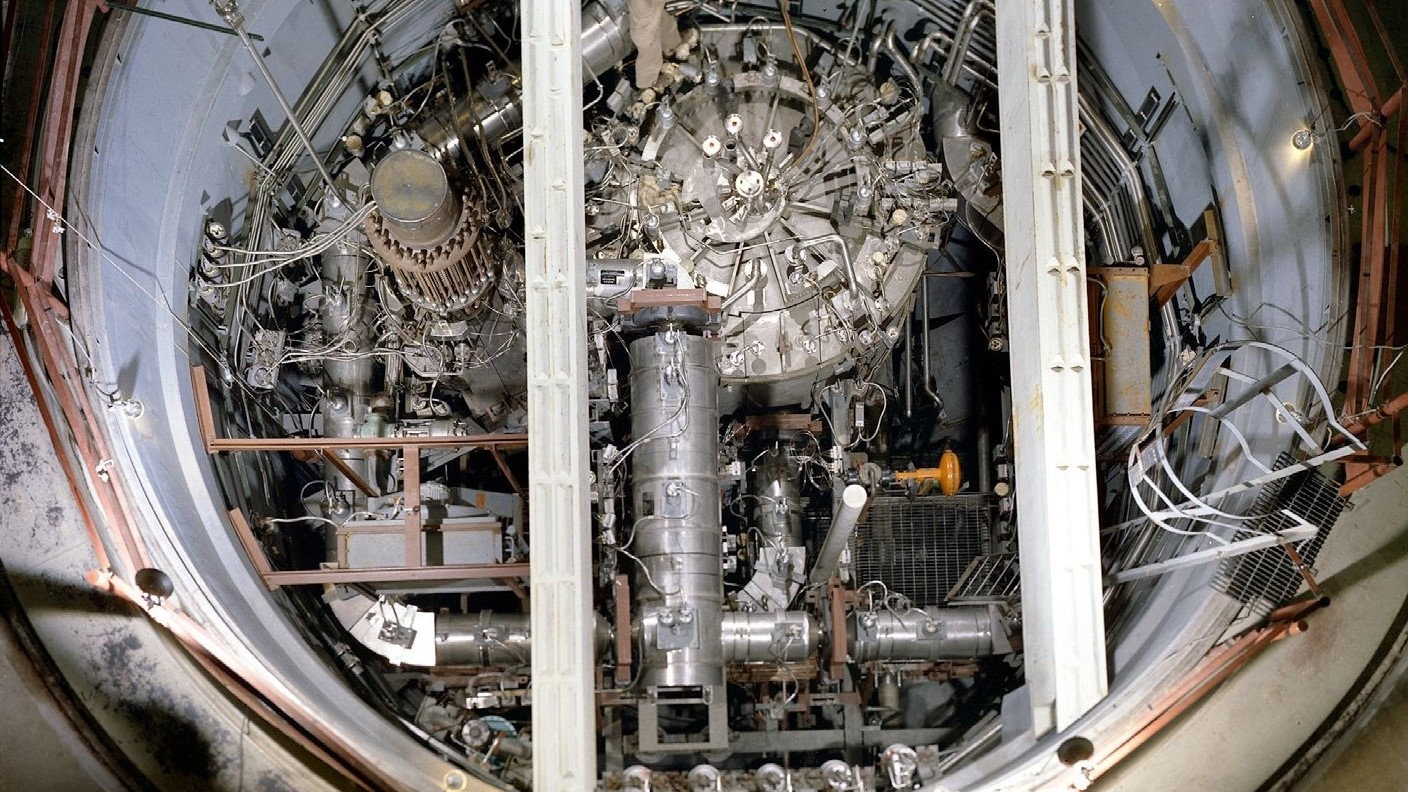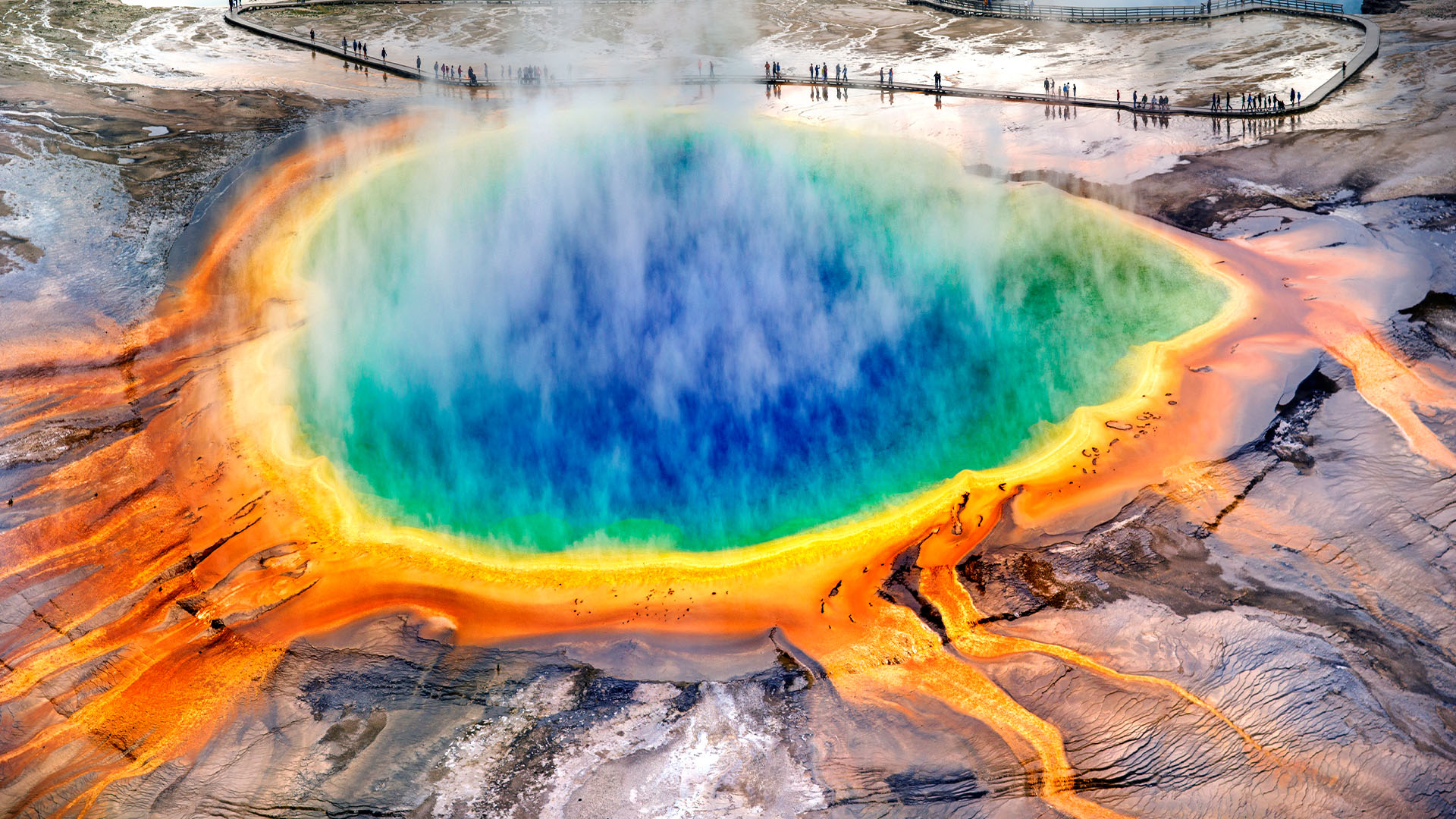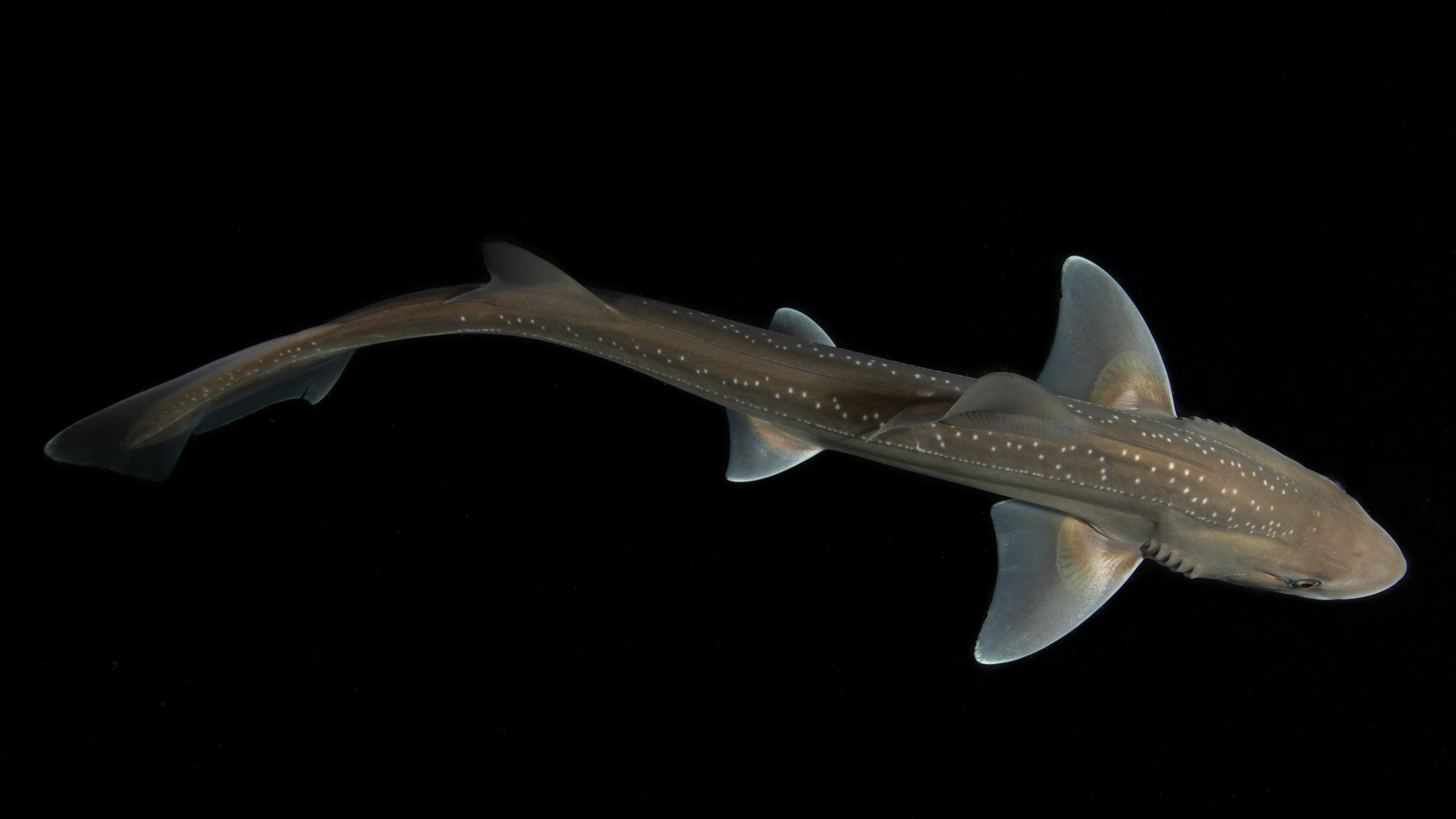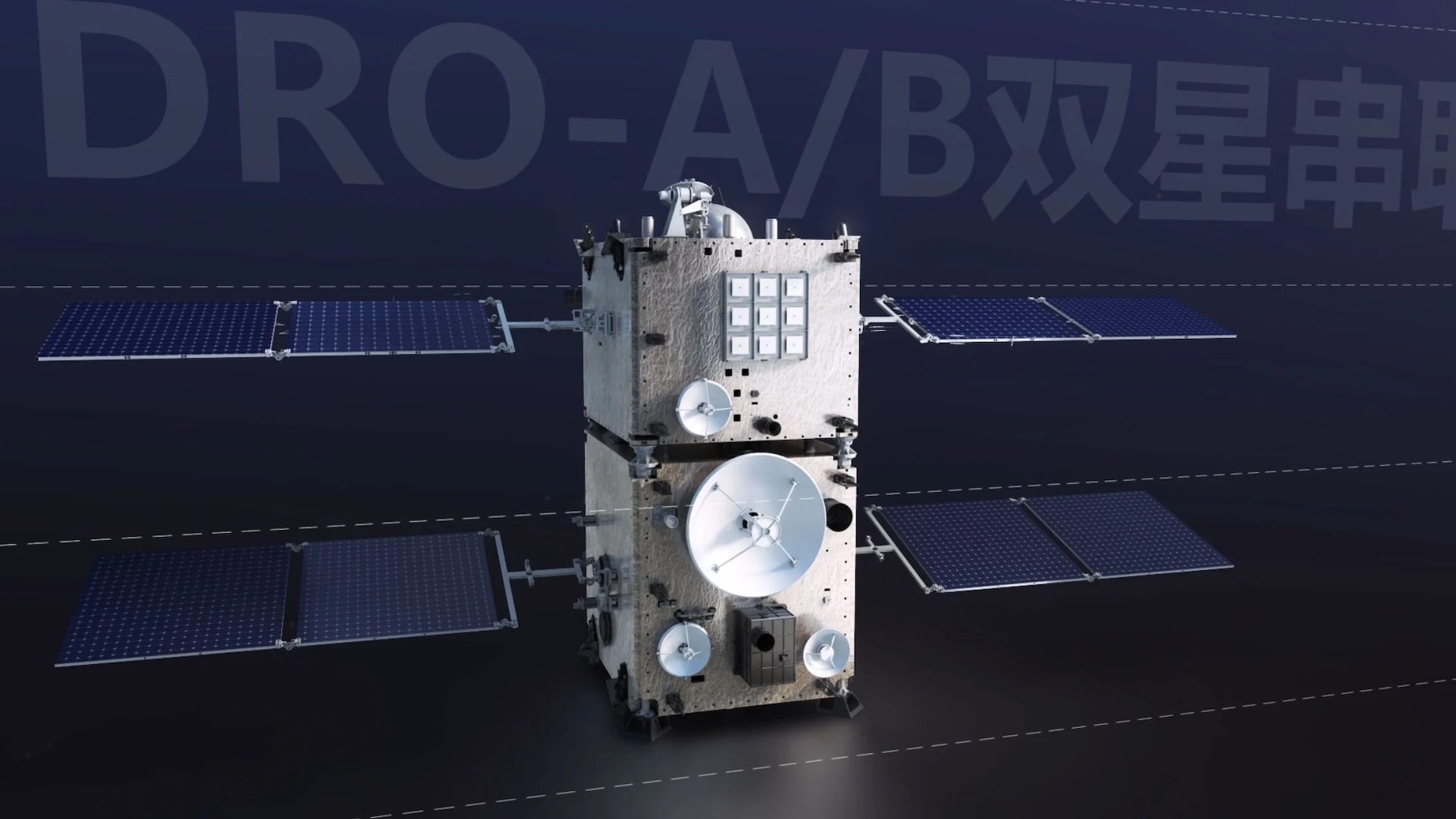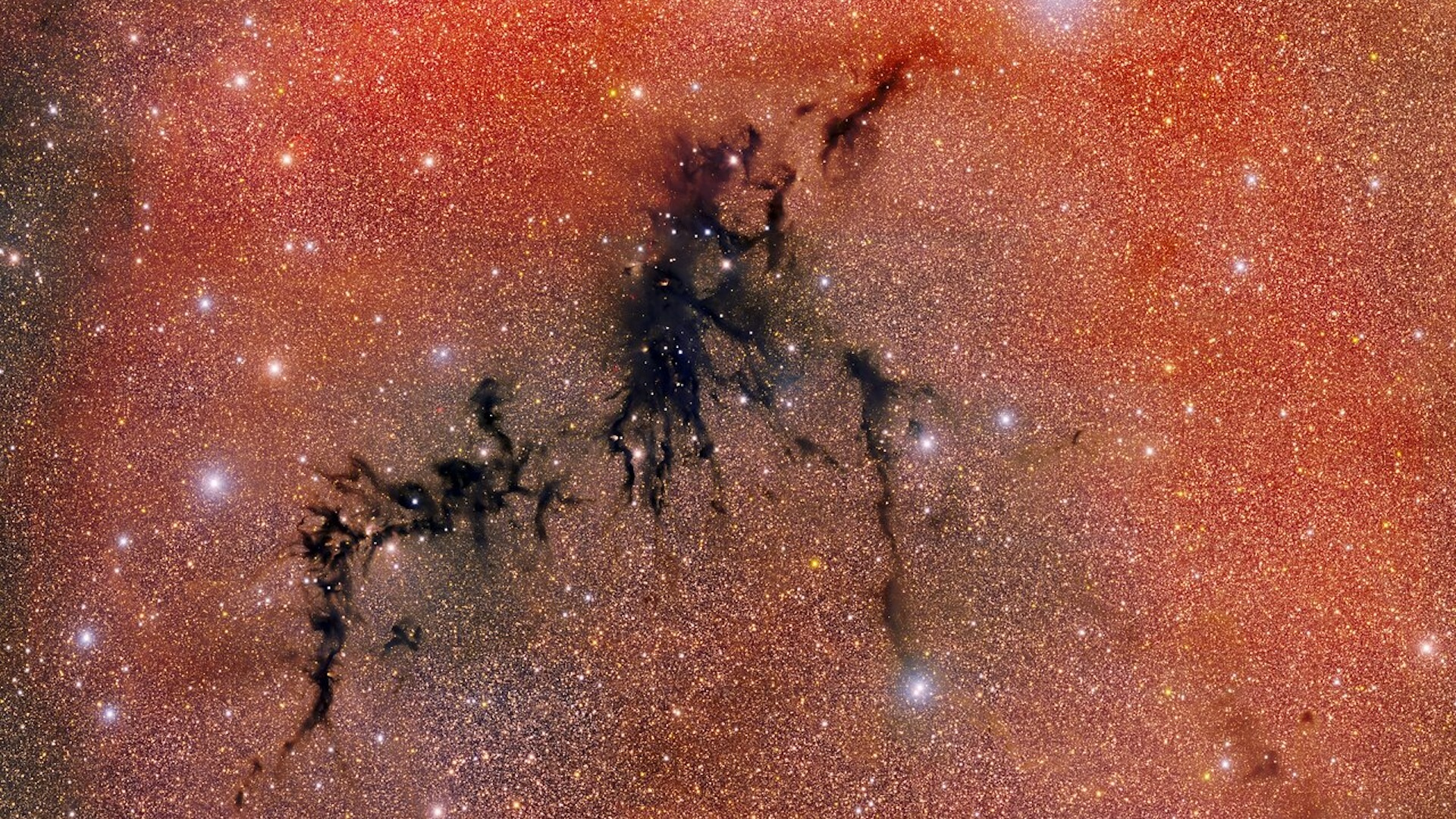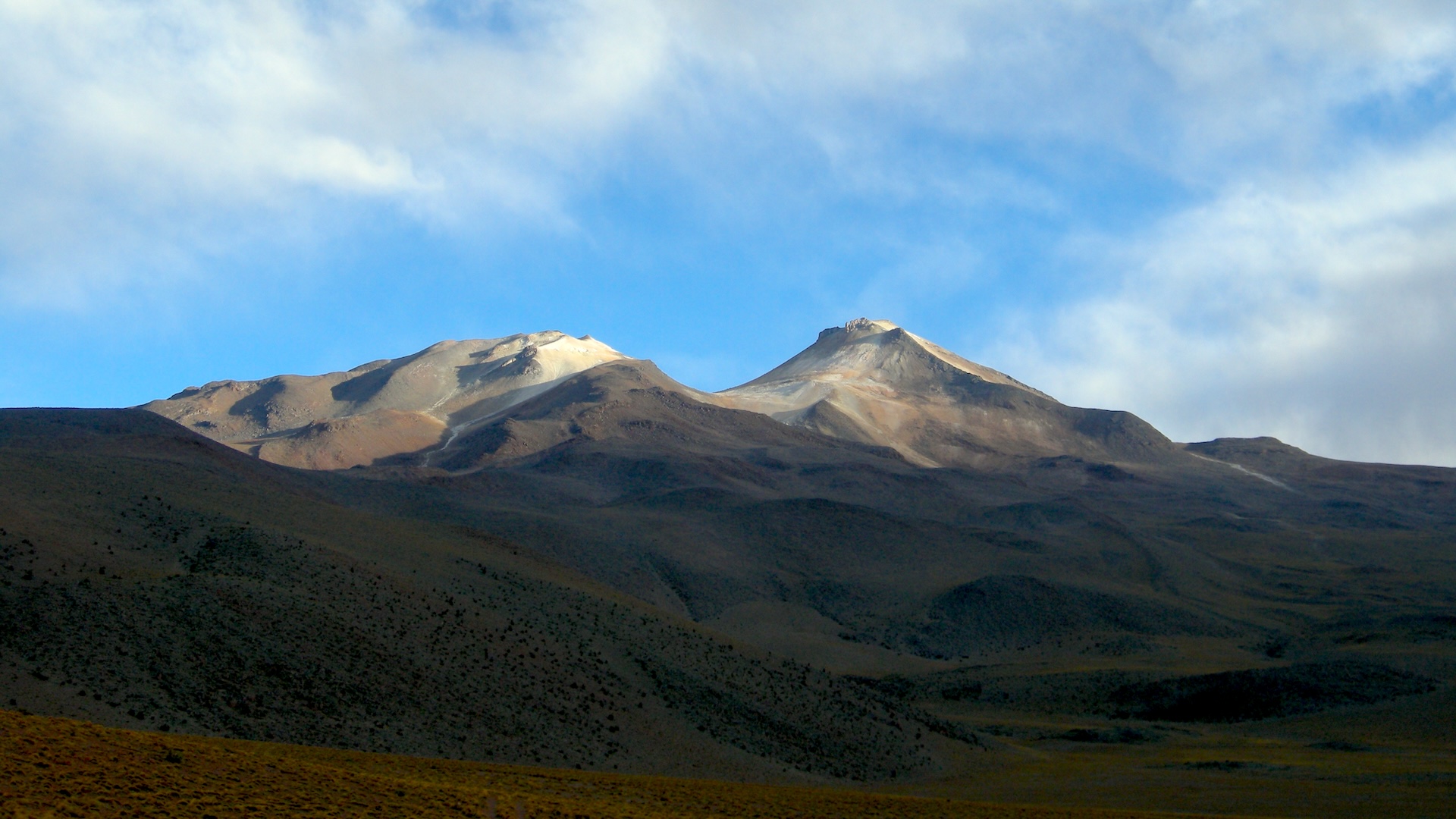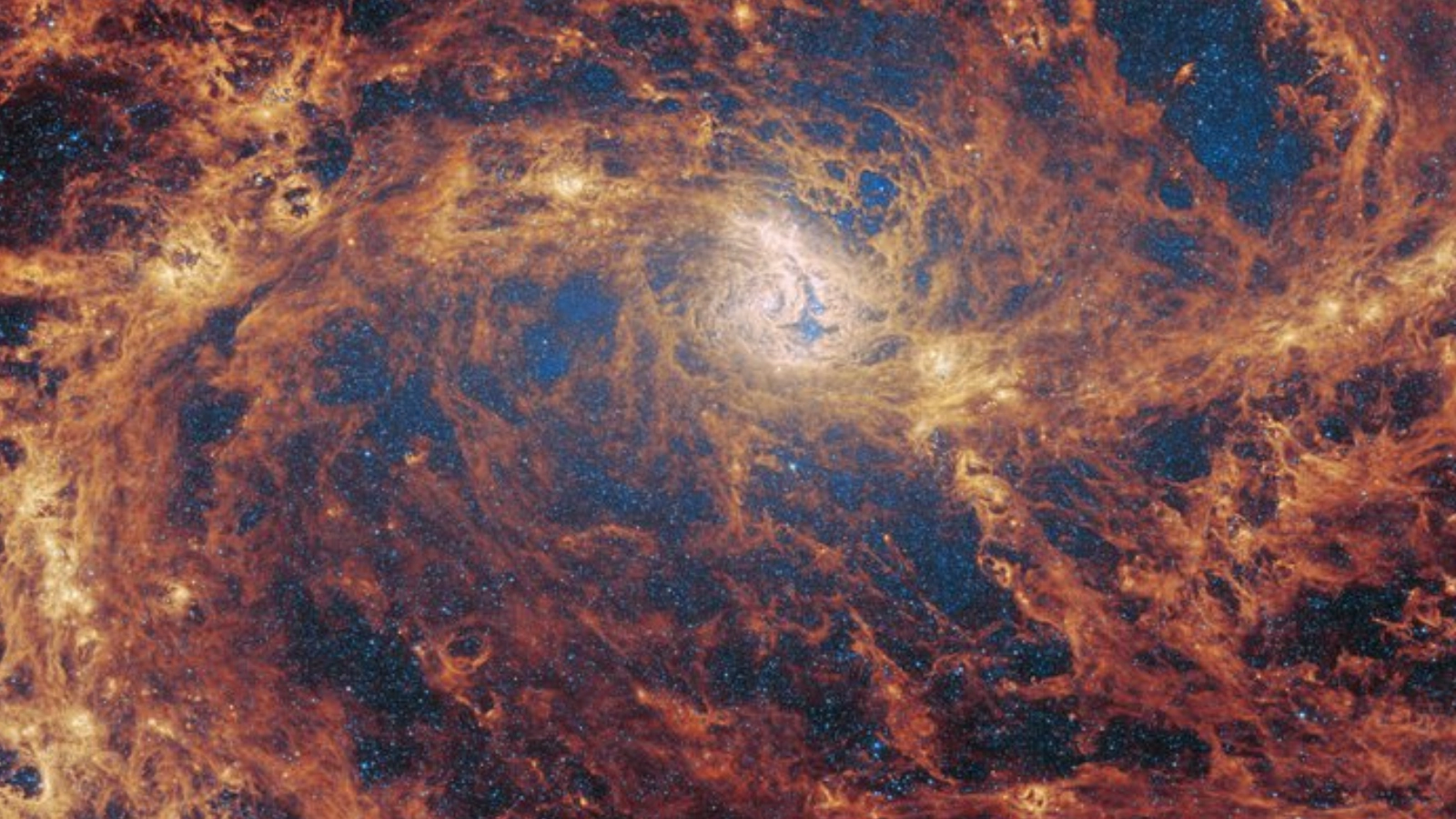Scientists share groundbreaking image of the 'cosmic web' connecting 2 galaxies near the dawn of time
After hundreds of hours of observations, researchers captured a highly detailed image of a long filament of the "cosmic web" connecting two distant galaxies. The discovery opens new windows for understanding how structures form and evolve in the universe.
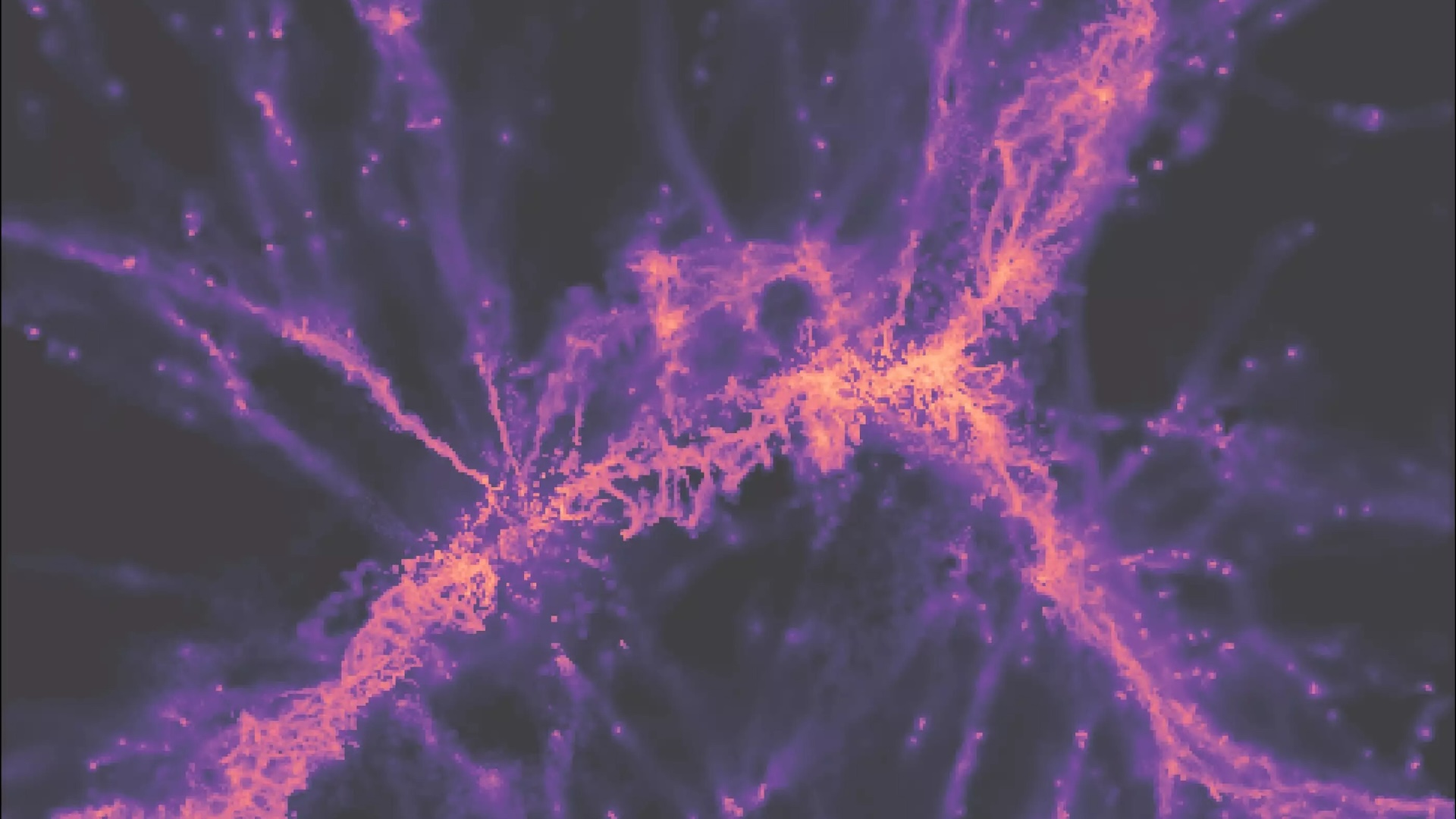
On a large scale, the universe is like a complex spider web, full of cosmic filaments of gas, dust and dark matter, separated by large voids. Now, in a remarkable new image, researchers captured one of these cosmic filaments connecting two galaxies from when the universe was just 2 billion years old. It's the most detailed image of an ancient strand of the cosmic web ever taken.
Cosmic filaments stretch across millions of light-years and form what's known as the "cosmic web." Galaxies are strung together to form large filaments, and at their intersections are galaxy clusters — the densest regions of the web. These filaments funnel gas into galaxies, thereby helping them grow. They also funnel galaxies into galaxy clusters, thus creating the largest structures in the universe.
The cosmic web's structure isn't random. It's shaped by dark matter, the mysterious entity that accounts for 85% of all the matter in the universe. Dark matter is heavy and doesn't interact with light, so it's tough to detect. But it does interact with normal, visible matter gravitationally; it pulls on it in ways we can see. Because of this, dark matter dominates normal matter. It holds everything together and gives it structure. It also shapes the cosmic web's filaments.
The flow of gas within the filaments can provide insight into how galaxies form and evolve. However, it's difficult to observe the gas within these filaments because even the most abundant element, hydrogen, emits very faint light.
Related: 5 space discoveries that scientists are struggling to explain
Unraveling "the web"
To capture the new image, astronomers from the University of Milano-Bicocca in Italy and the Max Planck Institute (MPA) in Germany utilized 150 hours of observations from the Multi-Unit Spectroscopic Explorer (MUSE) instrument at the European Southern Observatory's Very Large Telescope in Chile to capture a highly detailed portrait of a cosmic filament stretching about 3 million light-years across and connecting two galaxies with supermassive black holes.
From these observations, the researchers traced the boundary between the gas in the galaxies and the material in the cosmic web through direct measurements for the first time, lead author Davide Tornotti, a doctoral student at the University of Milano-Bicocca, said in a statement. The remarkable sensitivity of MUSE allowed the team to capture the filament's light after it had traveled for almost 12 billion years to reach Earth, the team explained in a study published Jan. 29, 2025, in the journal Nature Astronomy.
Sign up for the Live Science daily newsletter now
Get the world’s most fascinating discoveries delivered straight to your inbox.
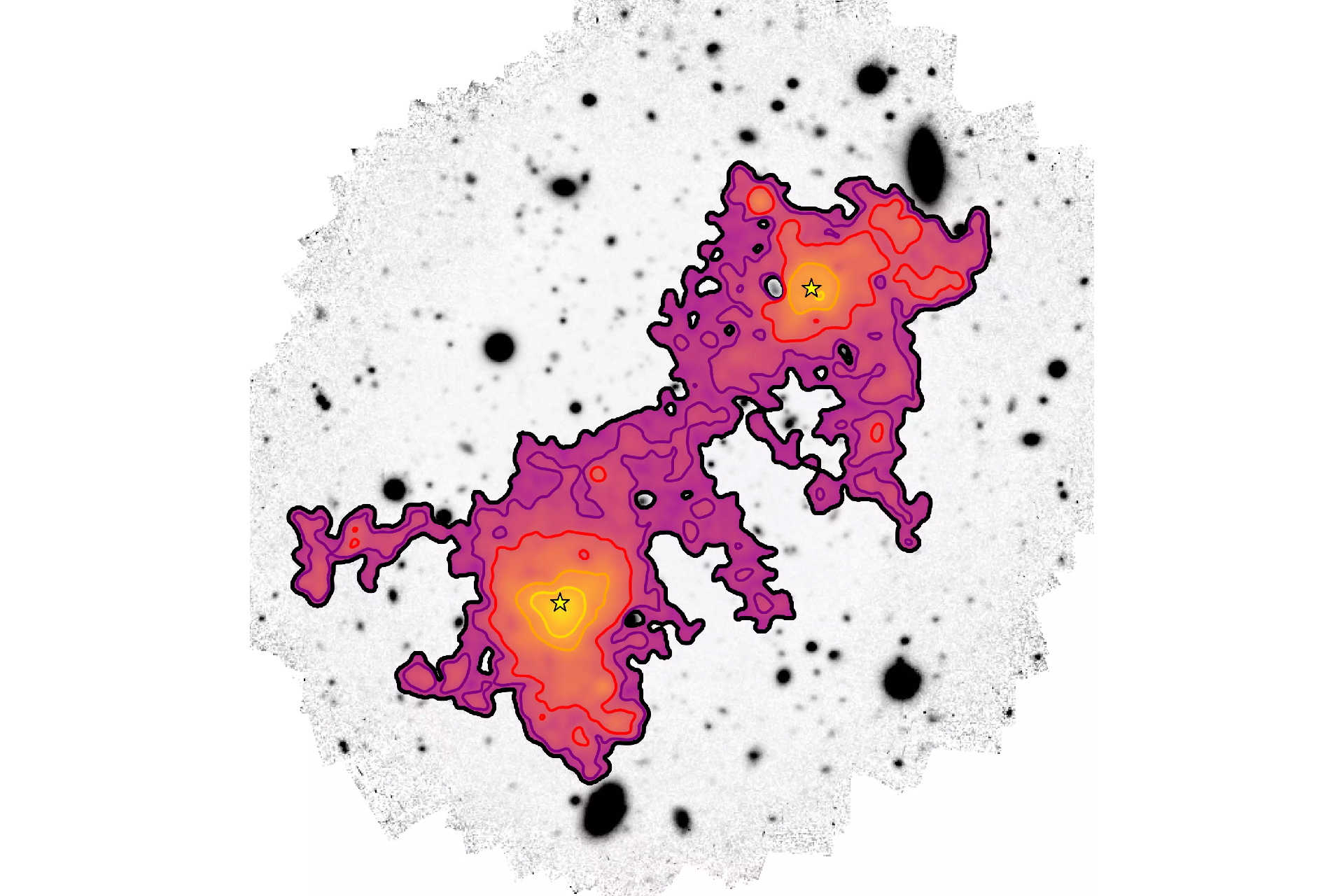
Based on the current cosmological model, the team simulated the expected filamentary structure within the cosmic web. "When comparing to the novel high-definition image of the cosmic web, we find substantial agreement between current theory and observations," Tornotti said. This adds support to the standard model of cosmology, which some researchers have started to question thanks to puzzling James Webb Space Telescope observations of the very early universe.
The crisp image and its strong alignment with predictions open up new opportunities to study gas distribution in cosmic filaments and its impact on the formation of galaxies. Study co-author and MPA staff scientist Fabrizio Arrigoni Battaia added that the team plans to discover more filaments in future observations to get a complete view of how gas flows within the cosmic web.
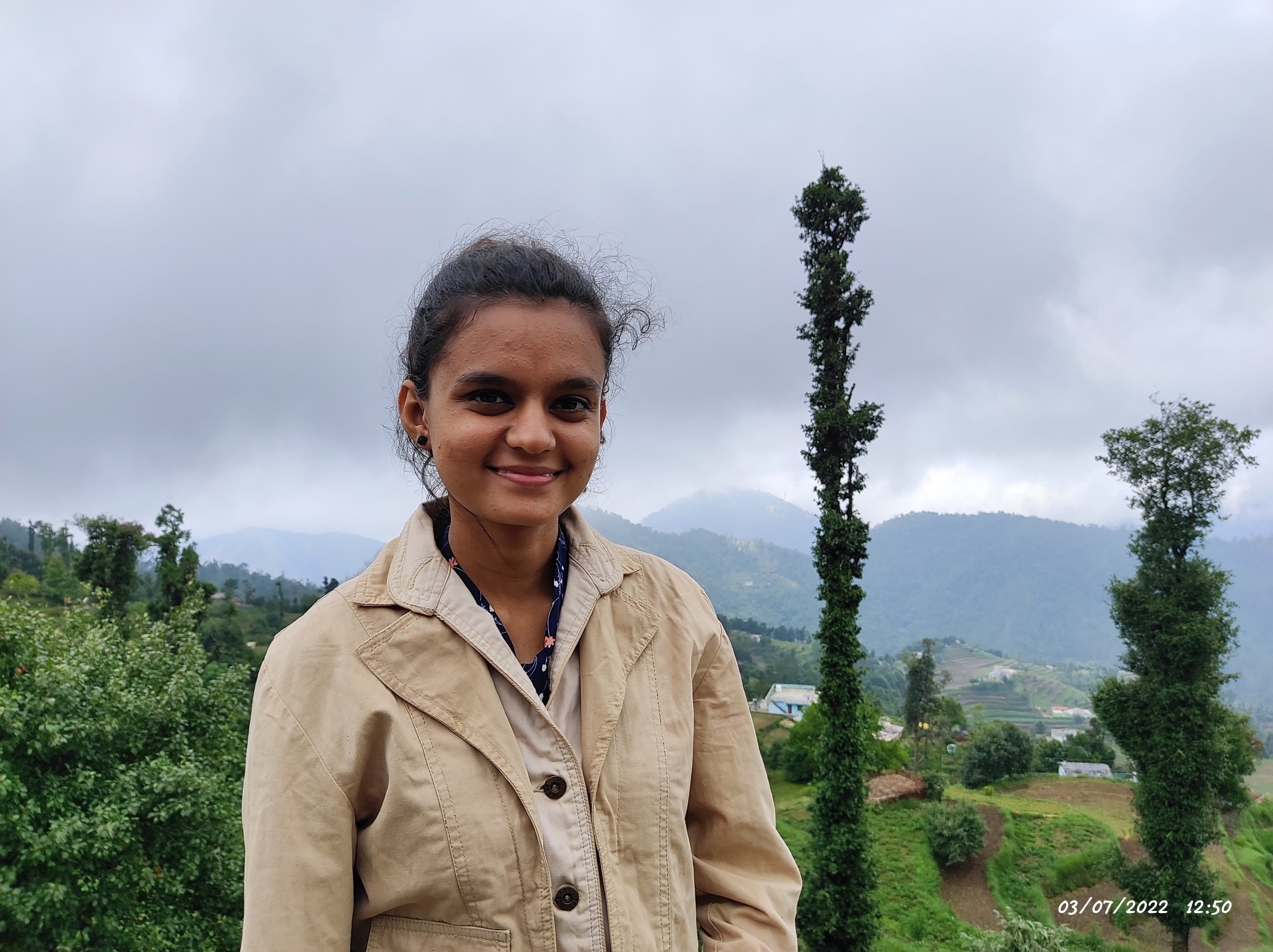
Shreejaya Karantha is a science writer specializing in astronomy, covering topics such as the sun, planetary science, stellar evolution, black holes, and early universe cosmology. Based in India, she works as a writer and research specialist at The Secrets of the Universe, where she contributes to scripts for research-based and explainer videos. Shreejaya holds a bachelor's degree in science and a master's degree in physics with a specialization in astrophysics.
You must confirm your public display name before commenting
Please logout and then login again, you will then be prompted to enter your display name.
